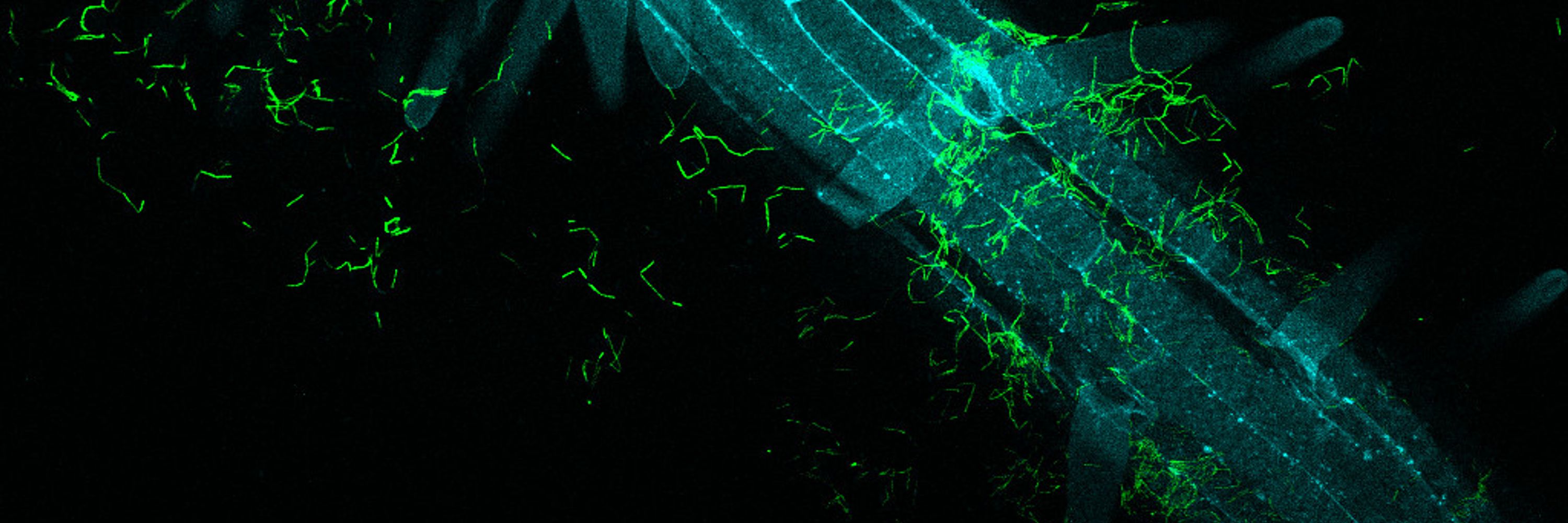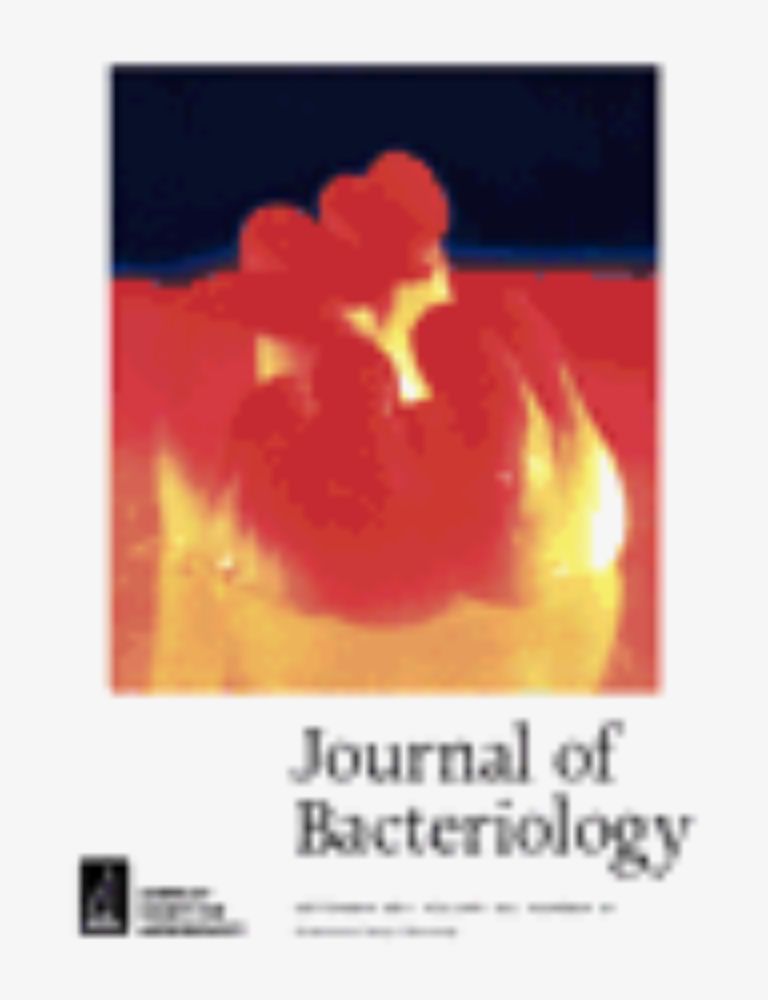
@pbbeauregard.bsky.social
Full professor, Biologie at Université Sherbrooke, Maman de 2, love all things bacteria, geek lvl 20, pour la science fondamentale et collaborative
My vintage protocol uses the sodium salt for glutamic acid, and the pH of the MOPS stock solution is adjusted with NaOH. So, the final medium contains a mix of both. We also recently observed that the exclusive presence of K vs Na changed the phenotype of the colony.
July 22, 2025 at 7:20 PM
My vintage protocol uses the sodium salt for glutamic acid, and the pH of the MOPS stock solution is adjusted with NaOH. So, the final medium contains a mix of both. We also recently observed that the exclusive presence of K vs Na changed the phenotype of the colony.
Nous aurons le plaisir d'accueillir Géraldine Laloux (UCLouvain) et Jesse Shapiro (Université McGill), et il y aura de multiples possibilités de présentations et d'affiches. Suivez @micrhub.bsky.social pour des mises à jour, et l'inscription est ici : event.fourwaves.com/fr/bispmicrh...

BiSP - MicrHub
Fourwaves - BiSP - MicrHub
event.fourwaves.com
April 8, 2025 at 7:46 PM
Nous aurons le plaisir d'accueillir Géraldine Laloux (UCLouvain) et Jesse Shapiro (Université McGill), et il y aura de multiples possibilités de présentations et d'affiches. Suivez @micrhub.bsky.social pour des mises à jour, et l'inscription est ici : event.fourwaves.com/fr/bispmicrh...
Interesting! I have never seen that before. No idea what/why it is different!!
December 5, 2024 at 7:32 PM
Interesting! I have never seen that before. No idea what/why it is different!!
We use Na-glutamate but I am unsure if it makes a difference. This could help : journals.asm.org/doi/10.1128/...
My take is that the brown pigment is this spore-associated thing, and it depends on pulcherrimin since pulch is required for correct colony development. Some pulch is likely there too.
My take is that the brown pigment is this spore-associated thing, and it depends on pulcherrimin since pulch is required for correct colony development. Some pulch is likely there too.

CotA of Bacillus subtilis Is a Copper-Dependent Laccase | Journal of Bacteriology
ABSTRACT The spore coat protein CotA of Bacillus subtilisdisplays similarities with multicopper oxidases, including manganese oxidases and laccases. B. subtilis is able to oxidize manganese, but neither CotA nor other sporulation proteins are involved. We ...
journals.asm.org
November 25, 2024 at 6:27 PM
We use Na-glutamate but I am unsure if it makes a difference. This could help : journals.asm.org/doi/10.1128/...
My take is that the brown pigment is this spore-associated thing, and it depends on pulcherrimin since pulch is required for correct colony development. Some pulch is likely there too.
My take is that the brown pigment is this spore-associated thing, and it depends on pulcherrimin since pulch is required for correct colony development. Some pulch is likely there too.
Or it could be partially complexed pulcherriminic acid (so a bit of pulcherrimin + free pulcherriminic acid) - pulcherriminic acid is soluble.
November 22, 2024 at 1:55 PM
Or it could be partially complexed pulcherriminic acid (so a bit of pulcherrimin + free pulcherriminic acid) - pulcherriminic acid is soluble.
To me, left is typical pulcherrimin, red and insoluble. Right is a "brown pigment associated to spore" (no idea what it is exactly) that we observe sometimes (our colonies on MSgg secrete red pigment). It could be dependent of Fe and pulcherrimin because both are required for B. subtilis biofilm.
November 22, 2024 at 1:52 PM
To me, left is typical pulcherrimin, red and insoluble. Right is a "brown pigment associated to spore" (no idea what it is exactly) that we observe sometimes (our colonies on MSgg secrete red pigment). It could be dependent of Fe and pulcherrimin because both are required for B. subtilis biofilm.
November 16, 2024 at 10:03 PM
Toujours un plaisir d’aller discuter des plantes sous tous leurs angles aux Journées du #CentreSEVE !
November 14, 2024 at 4:57 PM
Toujours un plaisir d’aller discuter des plantes sous tous leurs angles aux Journées du #CentreSEVE !
Congrat Julie for your article, great work!
November 11, 2024 at 6:00 PM
Congrat Julie for your article, great work!
In presence of high N, B. subtilis negatively impacts A. vinelandii growth; in low N, A. vinelandii feed N to B. subtilis, which in return strongly stimulates Azoto N-fixing activity. Another great collaboration with my chemist colleague JP Bellenger!
November 11, 2024 at 6:00 PM
In presence of high N, B. subtilis negatively impacts A. vinelandii growth; in low N, A. vinelandii feed N to B. subtilis, which in return strongly stimulates Azoto N-fixing activity. Another great collaboration with my chemist colleague JP Bellenger!

